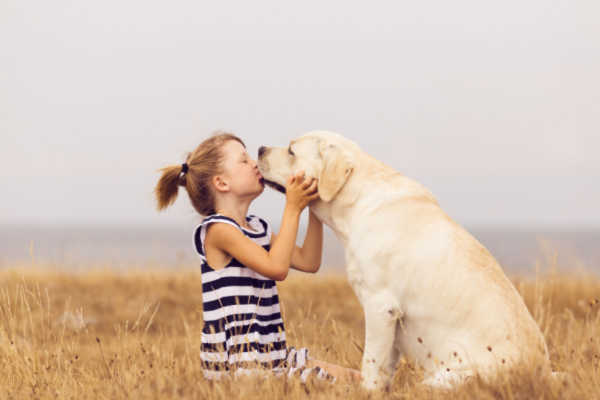This Israeli startup hit the “paws” button on cancer screening.
By Pesach Benson, United with Israel
It’s clear from medical research that dogs can sniff out different kinds of diseases. Now, the race is on to develop reliable, quick and inexpensive ways for canines to become early detectors for various forms of cancer.
And Spotitearly, an Israeli startup, recently drew attention by combining dogs’ noses with artificial intelligence to develop a breath test that can uncover breast, lung, colon, and prostate cancers all at once.
In a nutshell, patients are given a mask to breath into for five minutes. At the company lab, several dogs — all Labrador Retrievers — sniff each mask and bark when they smell something relevant. The dogs also wear artificial intelligence (AI) sensors that analyze how they react to the scents.
For the dogs, smelling the masks at the different sniffing stations is fun playtime, co-founder and COO Udi Bobrovsky told NoCamels. But cancer is no game. After the Labradors detect something, patients can be referred to follow up testing if necessary.
The startup announced in June it has raised $6.2 million in seed money and has begun clinical studies led by Ichilov Hospital’s Sourasky Medical Center in Tel Aviv and the Hadassah Medical Center in Jerusalem.
“We’re developing a new kind of screening test,” Bobrovsky told NoCamels.
“We took what science already discovered – but what remained in the science world and academia – and we are bringing it to real life and building a lab that uses this amazing capability of dogs to identify cancer. And on top of that, we are building a robust technology.”
Catching the cancer at earlier stages will save many lives, Bobrovsky stressed.
Co-founder and CEO Ariel Ben Dayan explained to NoCamels that what the dogs are smelling are molecules secreted by the cancer which contain the scent of that cancer. These molecules are found in the blood system, but are also exhaled.
Each form of cancer has its own unique scent. Spotitearly is teaching the dogs to notice the common denominator smells and to distinguish between the different varieties.
“I truly believe in dogs’ capability and I know that they are the best biological sensor that you can actually face. Even in the world of explosives, no one has succeeded in developing a technological nose that is better than dogs’ capability,” said Ben Dayan, who served in Oketz, the IDF’s canine unit.
Dogs have 300 million olfactory receptors in their nasal cavity, roughly 50 times more than humans, which is why they are so good at searching for missing people and detecting explosives or drugs.
The idea of dogs sniffing out diseases began drawing medical attention in 1989 when The Lancet, a UK medical journal, reported a case of a dog sniffing and then biting a woman’s mole, which turned out to be melanoma, a type of skin cancer.
